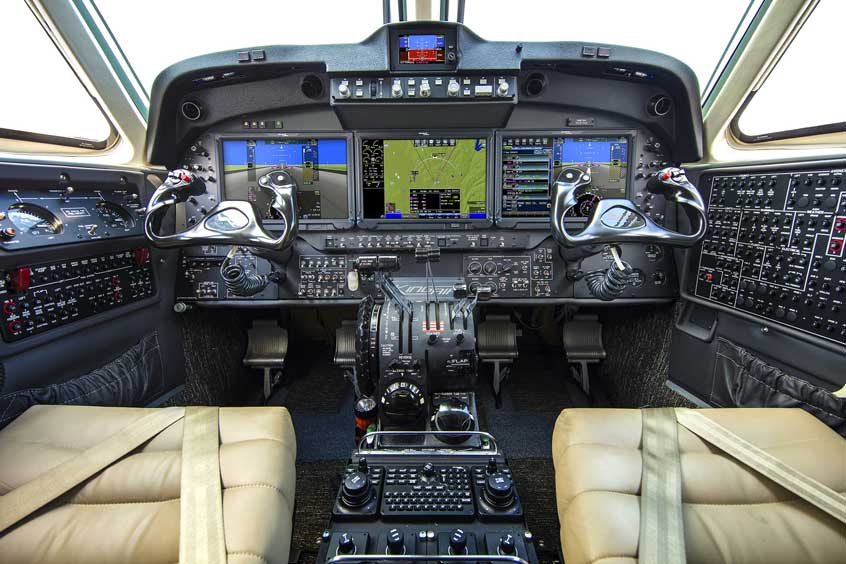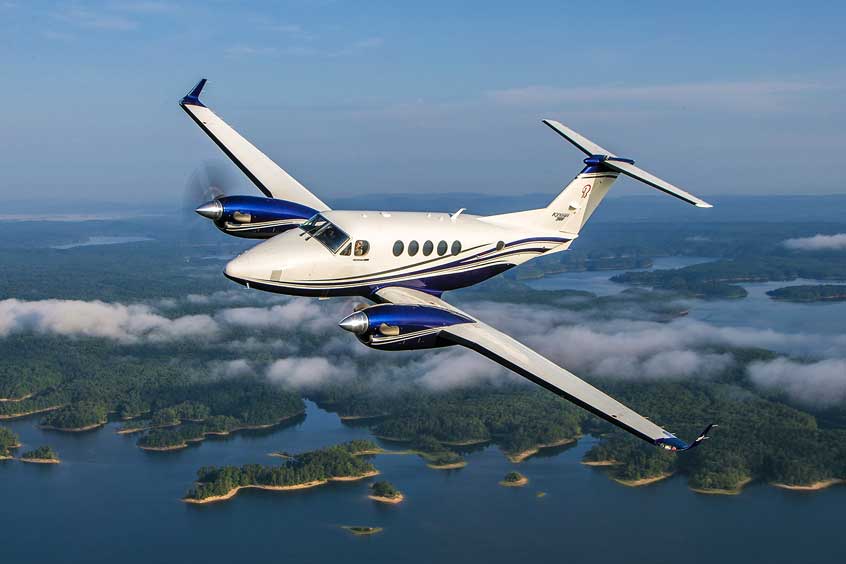ACE 2026 - The home of global charter.
 The bimonthly news publication for aviation professionals.
The bimonthly news publication for aviation professionals.



Textron Aviation has achieved type certification from the FAA for its newly upgraded twin turboprop Beechcraft King Air 260, paving the way for customer deliveries to commence in the coming weeks and launching a new era for the King Air 200 series. Announced in December 2020, the King Air 260 features the latest technological advancements to the cockpit and improvements to the cabin.
The upgraded cockpit features the Innovative Solutions & Support (IS&S) ThrustSense Autothrottle system, which supports pilots in their critical mission of delivering people or cargo by automatically managing engine power from the takeoff roll through the climb, cruise, descent, go-around and landing phases of flight. This enhancement reduces pilot workload and is designed to prevent over-speed or under-speed, over-temp and over-torque conditions. The ThrustSense Autothrottle system has been awarded special type certification approval from the FAA.
Another key update in the cockpit is the new digital pressurisation controller, which automatically schedules cabin pressurisation during both climb and descent, reducing pilot workload and increasing overall passenger comfort. The pressurisation gauges have been integrated with the powerful Collins Aerospace Pro Line Fusion flight deck.
The Collins multi-scan RTA-4112 weather radar provides pilots with a fully automatic system that is optimised to detect short, mid and long-range weather. The system is designed to present an accurate picture of the weather around the aircraft, further reducing pilot workload.
The King Air 260 cabin, meanwhile, features newly designed seats created through an innovative pressure-mapping process that identifies ways to provide a more comfortable, relaxing journey for passengers, especially on longer flights.
Nearly 7,600 Beechcraft King Air turboprops have been delivered to customers around the world since 1964, making it the best-selling business turboprop family in the world. The worldwide fleet has surpassed 62 million flight hours in its 57 years, serving roles in all branches of the U.S. military and flying both commercial and special mission roles.
“The continual conversations we have with our customers play an integral role in the decisions we make about the design of new aircraft, as well as enhancements to our existing fleet,” says Chris Hearne, senior VP of engineering and programmes. “With the King Air 260, we utilised that valuable feedback and truly elevated the flying experience for pilots and passengers. And now, with certification complete, we are looking forward to getting the King Air 260 into the hands of so many eager customers.”
The King Air 260 has an occupancy of up to nine, a maximum range of 1,720 nm and a top cruise speed of 310 kts.